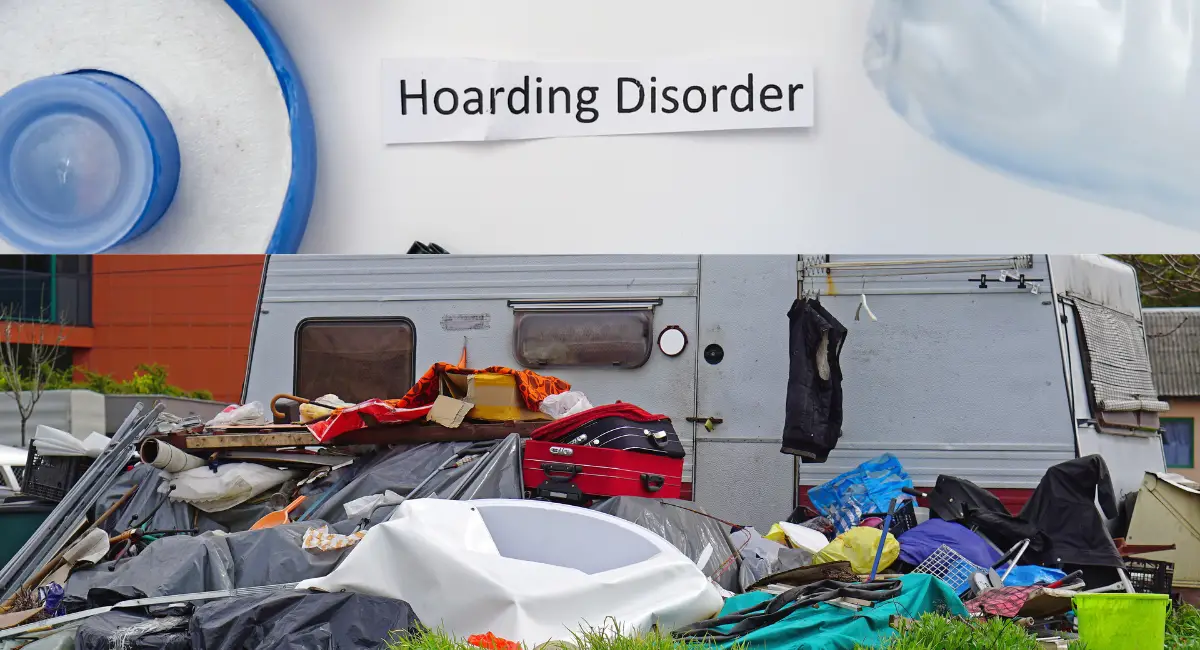
Hoarding Disorder Symptoms: Causes, and Therapy Options
Contents
Introduction
Hoarding Disorder is a mental health condition characterized by persistent difficulty in discarding or parting with possessions, regardless of their actual value. This behavior leads to the accumulation of items, often resulting in cluttered living spaces that can become unsafe or unsanitary. Hoarding disorder is different from collecting, as individuals with this disorder experience significant distress and impairment in their daily functioning due to their inability to discard items.
According to the Diagnostic and Statistical Manual of Mental Disorders, Fifth Edition (DSM-5), Hoarding Disorder affects approximately 2-6% of the population, with symptoms typically emerging during adolescence or early adulthood and worsening over time. This article will explore the Symptoms, Causes, and Therapy Options for Hoarding Disorder.
Common Symptoms of Hoarding Disorder
Hoarding Disorder involves a range of emotional, cognitive, and behavioral symptoms, which can significantly impair daily functioning. Below is a table outlining the common symptoms and examples of how they manifest in daily life:
| Symptom | Description/Example |
|---|---|
| Difficulty Discarding Items | Persistent difficulty discarding or parting with possessions. For example, someone may keep old mail, food containers, and broken items because they feel they might need them in the future. |
| Excessive Clutter | The accumulation of items that clutter living spaces, rendering them unusable. For example, someone may have rooms filled with clutter to the point where they can no longer access their bed or kitchen. |
| Distress Over Discarding Items | Intense distress or anxiety when attempting to discard items. For example, someone may feel overwhelmed and anxious when asked to throw away seemingly insignificant items like old newspapers or empty bottles. |
| Avoidance of Social Situations | Avoiding social situations due to embarrassment over the state of one’s home. For example, someone may stop inviting friends over or refuse visits from family members due to the excessive clutter in their house. |
| Compulsive Acquisition | Acquiring items excessively, even if they are not needed. For example, someone may compulsively shop for new items or pick up discarded items from the street or other locations. |
| Impairment in Functioning | Hoarding behavior leads to significant impairment in daily activities, such as cleaning, cooking, or personal hygiene. For example, someone may be unable to bathe because the bathtub is filled with items they cannot part with. |
Causes and Risk Factors of Hoarding Disorder
The exact cause of hoarding disorder is not fully understood, but it is believed to result from a combination of genetic, biological, and environmental factors. Certain risk factors may increase the likelihood of developing hoarding disorder.
1. Genetic and Biological Factors
Hoarding disorder may have a genetic component, as it tends to run in families. Individuals with a family history of hoarding behavior or obsessive-compulsive disorder (OCD) may be at an increased risk of developing the condition. Neurobiological factors, such as abnormalities in brain areas involved in decision-making and emotional regulation, may also contribute to the disorder.
- Twin and family studies suggest that hoarding disorder has a genetic component. Individuals with first-degree relatives who have hoarding disorder or OCD are more likely to develop the condition.
- Neuroimaging studies have shown that individuals with hoarding disorder may have abnormal activity in brain regions associated with decision-making, emotional regulation, and processing of reward and punishment.
2. Traumatic or Stressful Life Events
Traumatic or stressful life events, such as the death of a loved one, divorce, or financial difficulties, can trigger the onset of hoarding disorder or exacerbate existing hoarding behaviors. Many individuals report that their hoarding behavior began or worsened following a significant loss or life transition.
- Stressful life events are often associated with the onset or worsening of hoarding symptoms. The loss of a loved one or a major life change may lead individuals to hoard items as a way of coping with grief, anxiety, or uncertainty.
- Hoarding behavior may also serve as a protective mechanism, where individuals hold onto possessions as a way to preserve memories or a sense of control in the face of emotional distress.
3. Comorbid Mental Health Conditions
Hoarding disorder frequently co-occurs with other mental health conditions, including anxiety, depression, and obsessive-compulsive disorder (OCD). These comorbid conditions may contribute to the development or persistence of hoarding behavior, as individuals struggle with emotional regulation and decision-making.
- Individuals with hoarding disorder often experience comorbid conditions such as major depressive disorder, generalized anxiety disorder, or social anxiety disorder. These conditions can exacerbate the emotional distress and avoidance behaviors seen in hoarding disorder.
- While hoarding disorder shares some similarities with OCD, it is recognized as a distinct disorder in the DSM-5. However, approximately 20% of individuals with hoarding disorder also meet the criteria for OCD.
Therapy and Treatment Options for Hoarding Disorder
Treating hoarding disorder involves a combination of therapeutic interventions aimed at addressing both the emotional distress and cognitive impairments that contribute to hoarding behavior. Below are key treatment options:
1. Cognitive Behavioral Therapy (CBT)
(CBT) is the most effective therapy for hoarding disorder. This therapy helps individuals challenge their beliefs about the need to save possessions and teaches them practical skills for organizing and decluttering their living spaces. CBT also addresses the emotional distress that arises when attempting to discard items.
Example: Mary, who has been struggling with hoarding for years, works with her CBT therapist to identify the thoughts and beliefs that prevent her from discarding items. Together, they develop strategies to gradually declutter her home, starting with small, manageable tasks like clearing one corner of her living room. Over time, Mary learns to tolerate the discomfort of parting with possessions and begins to make progress in reducing clutter.
2. Acceptance and Commitment Therapy (ACT)
ACT is a therapeutic approach that focuses on helping individuals accept their distressing thoughts and feelings rather than trying to eliminate them. In hoarding disorder, ACT can be helpful in reducing the emotional attachment to possessions and encouraging individuals to commit to behaviors that align with their values, such as creating a safe and functional living environment.
Example: John, who struggles with hoarding, uses ACT techniques to acknowledge the distress he feels when discarding items. Instead of avoiding this discomfort, he learns to accept it as a natural part of the process and focuses on his goal of creating a clean, livable home. Over time, he is able to part with unnecessary items while staying committed to his long-term goal of a clutter-free space.
3. Mindfulness-Based Cognitive Therapy (MBCT)
MBCT combines mindfulness practices with cognitive therapy to help individuals become more aware of their thoughts and emotions without becoming overwhelmed by them. In hoarding disorder, MBCT can help individuals manage the anxiety and distress associated with discarding possessions by teaching mindfulness techniques to stay present and avoid becoming consumed by obsessive thoughts about their belongings.
Example: Mary practices mindfulness techniques through MBCT to observe her anxiety about discarding items without reacting impulsively. By focusing on her breath and remaining in the present moment, she is able to make decisions about her possessions more objectively, reducing the emotional intensity that typically accompanies the decluttering process.
Long-Term Management of Hoarding Disorder
Managing hoarding disorder over the long term requires ongoing therapy, lifestyle changes, and support. Below are key strategies for long-term management:
- Consistent Therapy: Continued participation in CBT, ACT, or MBCT helps individuals develop long-term coping strategies to manage hoarding behaviors and prevent relapse.
- Support Networks: Family support and participation in hoarding-specific support groups can provide emotional support and accountability during the decluttering process.
- Structured Routines: Maintaining a structured routine for cleaning and organizing helps prevent the re-accumulation of clutter and reinforces healthy habits.
- Relapse Prevention: Individuals must be aware of potential triggers, such as stressful life events or emotional distress, that could lead to a return of hoarding behaviors. Ongoing therapy and support are essential for relapse prevention.
Conclusion
Hoarding Disorder is a serious mental health condition that can significantly impair an individual’s quality of life, relationships, and safety. However, with the right combination of treatments—such as Cognitive Behavioral Therapy, Acceptance and Commitment Therapy, and Mindfulness-Based Cognitive Therapy—individuals can manage their symptoms and regain control over their living spaces. Long-term management strategies, including consistent therapy, support networks, and structured routines, are essential for preventing relapse and maintaining a clutter-free life.
References
- American Psychiatric Association. (2013). Diagnostic and Statistical Manual of Mental Disorders (5th ed.). Washington, DC: American Psychiatric Publishing. Link
- Frost, R. O., & Steketee, G. (2014). Stuff: Compulsive Hoarding and the Meaning of Things. Houghton Mifflin Harcourt.
- Tolin, D. F., Frost, R. O., & Steketee, G. (2015). Treating Hoarding Disorder: Therapist Guide. Oxford University Press.
- Craske, M. G., & Barlow, D. H. (2007). Mastery of Your Anxiety and Depression: Workbook (Treatments That Work). Oxford University Press.
- Mathews, C. A., & Cath, D. C. (2017). Hoarding Disorder: More than Just a Symptom of Obsessive-Compulsive Disorder. Current Psychiatry Reports, 19(6), 50-58.
Explore Other Mental Health Issues

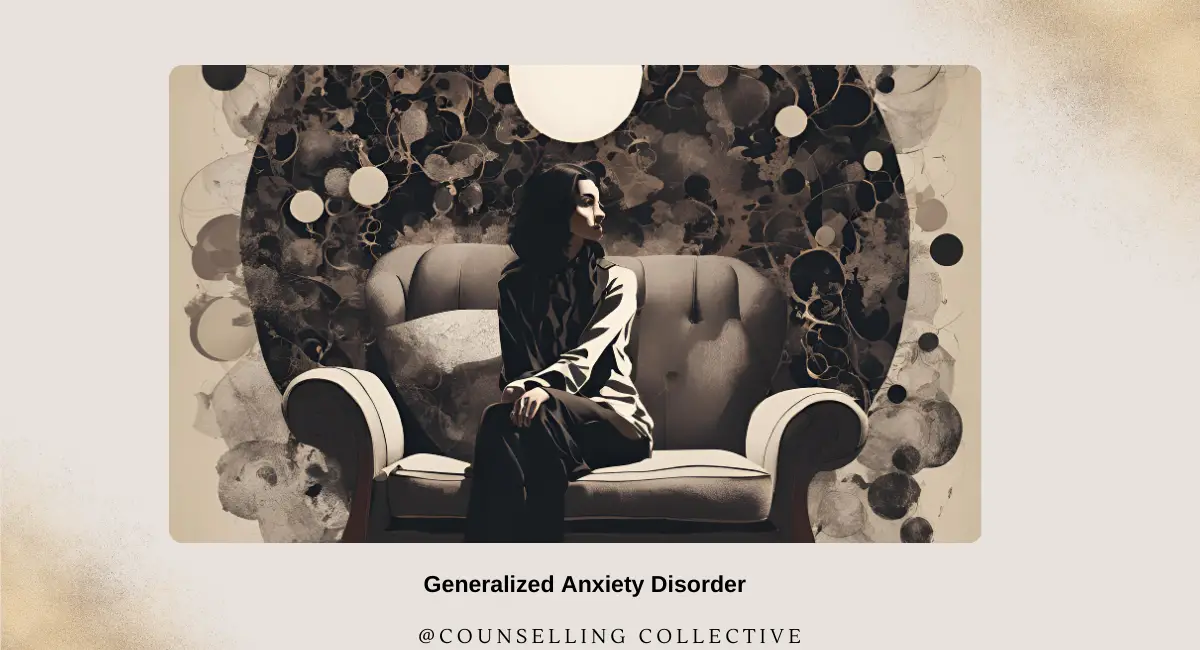
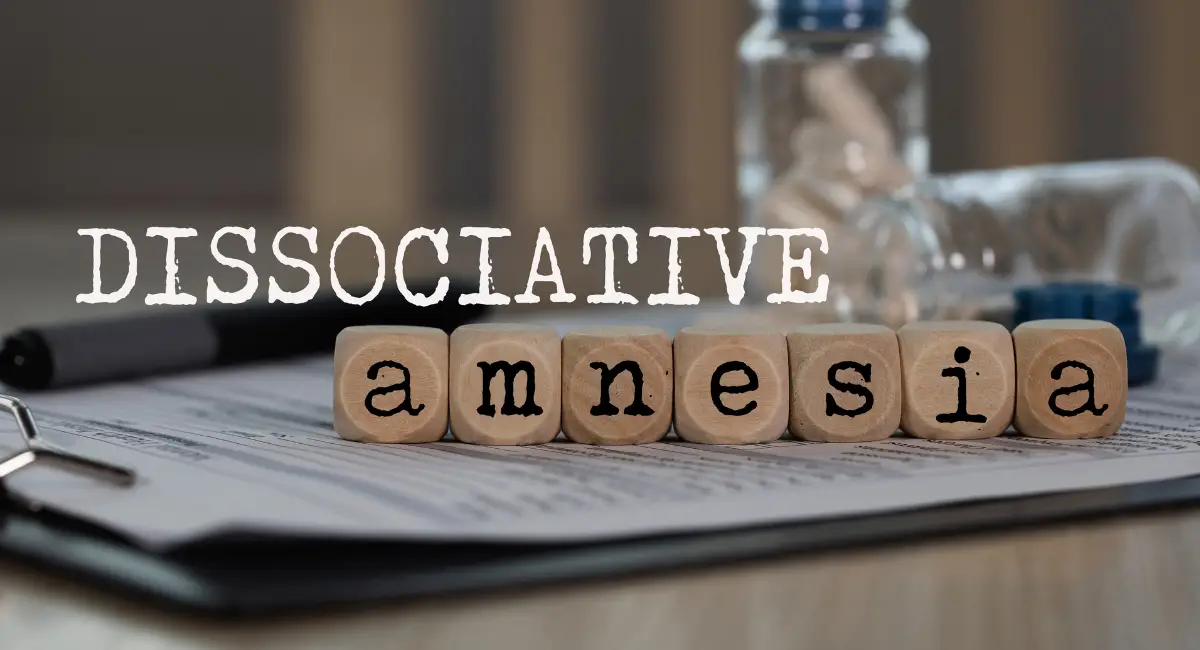
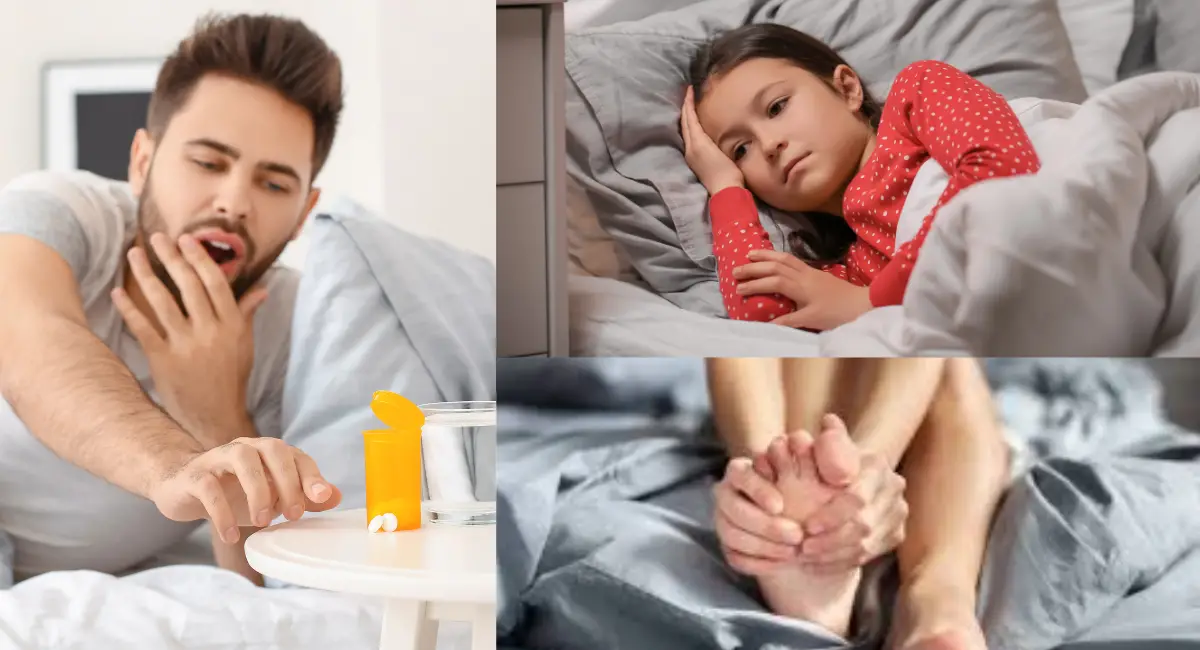

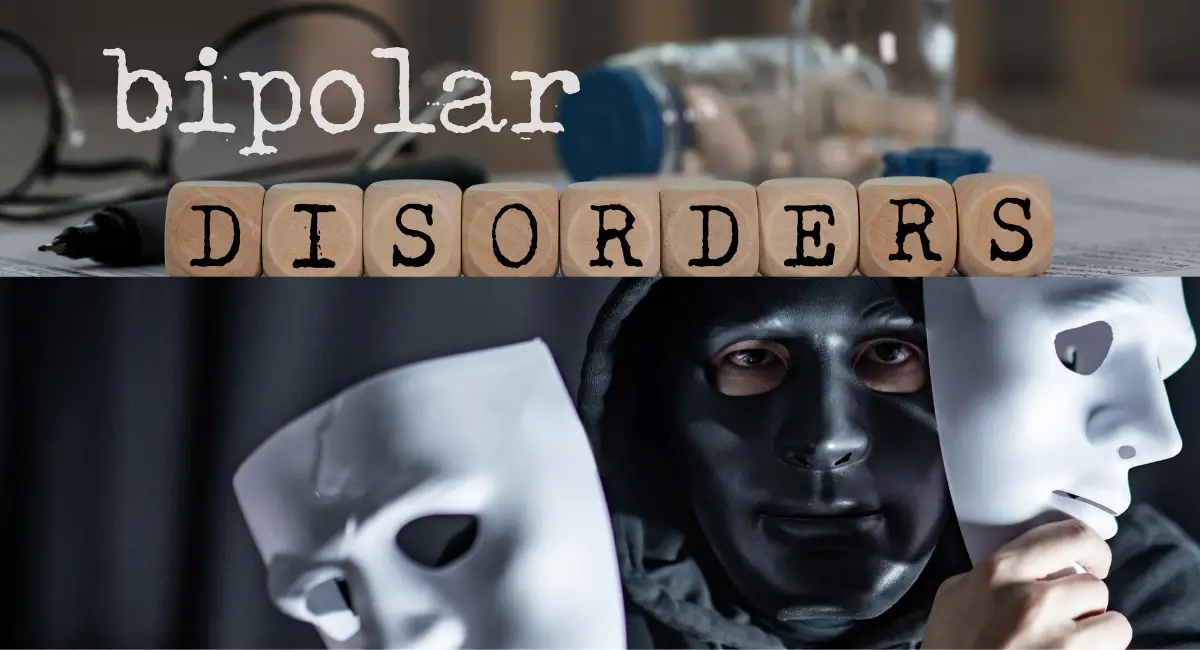
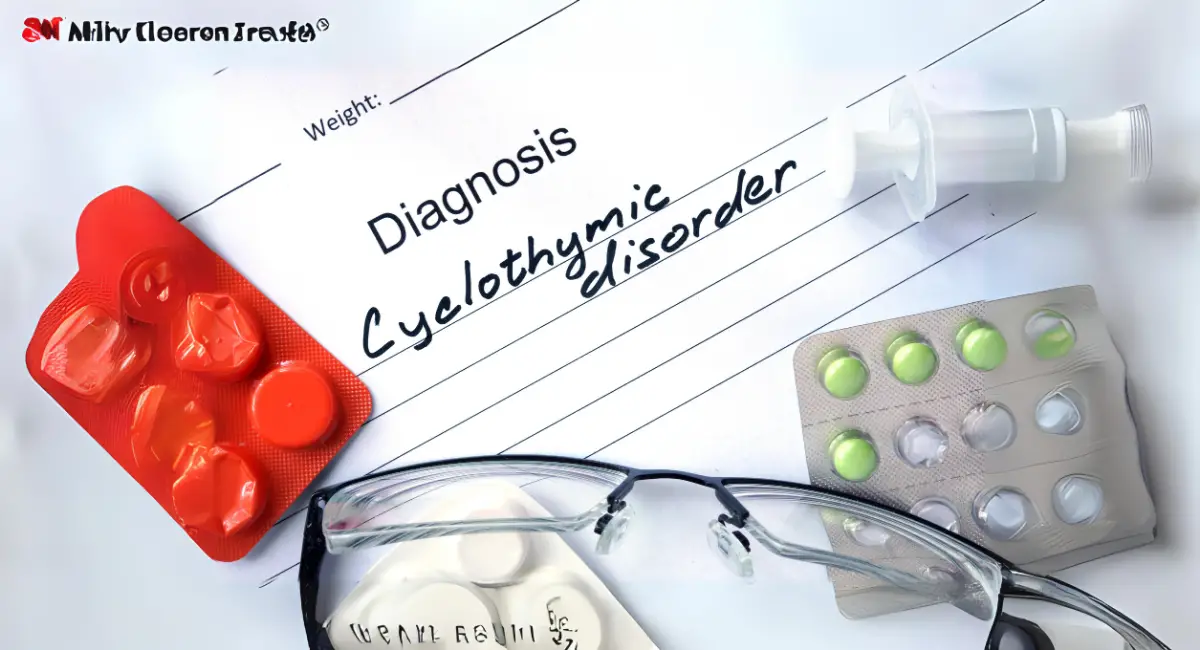


I will immediately snatch your rss feed as I can’t in finding your email subscription link or newsletter service.
Do you’ve any? Please allow me understand so that I
could subscribe. Thanks.